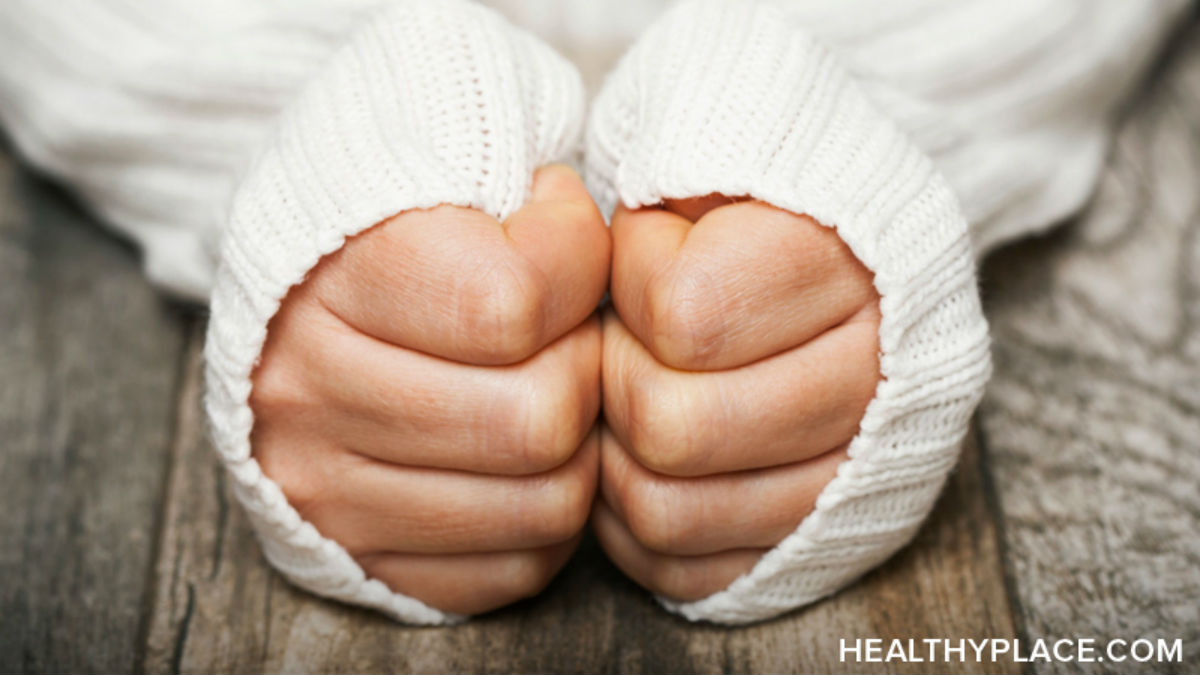
Give them sterile razors: controversial self-harm strategy
It could be more respectful for their autonomy

Some people who self-harm should be provided with sterile razors, says a mental health expert in the Journal of Medical Ethics. Patrick Sullivan, of the University of Manchester, argues that this approach may be more respectful of patients’ autonomy.
He suggests that a harm-minimisation strategy for self-harming individuals could include provision of sterile cutting implements, education on how to self-injure more safely to avoid blood poisoning and infection, as well as therapy and alternative coping strategies.
Sullivan argues that high rates of self-injury among people admitted to mental health units suggest that the standard method of dealing with this behaviour–forcibly stopping them–doesn’t work.
People who self-injure do so because the negative feelings they experience threaten to overwhelm them: injury reduces tension and increases control, providing a coping mechanism. Infringements of this are likely to be seen as confrontational and distressing rather than therapeutic, he contends. These patients usually understand the nature and consequences of their actions, so denying them this freedom thwarts their autonomy.
“Where the risks of serious injury are low, limitations on basic freedoms are more difficult to justify,” he suggests. Restrictions could even make the problem worse; many of those who injure themselves have a history of abuse or trauma, and stopping them from doing it could intensify their feelings of powerlessness.
“This increases the risk that individuals will self-injure covertly, in more dangerous ways, or attempt suicide,” he contends, citing anecdotal evidence indicating the increasing use of other forms of self-injury, such as hanging, among those in mental health units who prefer to cut their skin.
He emphasises that he is not advocating a blanket ban on restrictive measures. Nor is he advocating blanket permission for self-injury. Rather, it is about permitting a lesser harm to prevent a more serious one, he says.
In response to this controversial proposal, Hanna Pickard and Steve Pearce say that supporting autonomy and independence among vulnerable people is “fundamental to good clinical practice.”
But they point out that Sullivan ignores the practical problems with such a policy. “Put bluntly, witnessing or even just hearing about self-injury increases the chance that people try it themselves. The impact on other patients of facilitated self-injury on wards needs to be factored into any assessment of costs and benefits.”
Furthermore, “sanctioning” such behaviour could reinforce the low self-esteem already associated with self-injury. It could also be extremely distressing for staff, particularly if continued cutting unintentionally or deliberately resulted in life-changing injury or death.
“Facilitated self-harm” is not a new topic and cutting in mental-health clinics is not its only manifestation. As a BMJ ethicist, Julian Sheather, wrote a few years ago:
If self-harm is the condition requiring treatment, can it be right to provide a cleaner knife? There are some possible parallels, some near analogies. I have worked with medical charities being asked to provide sterile equipment for female genital mutilation. There is also body dysmorphic disorder, where someone so takes against a healthy limb that they will chop it off themselves unless a surgeon is willing to assist. In all these cases an argument runs that because they will do it anyway, medicine should intervene to minimise the harm.
https://www.bioedge.org/images/2008images/TH_what-self-injury-healthyplace.jpg
Creative commons
https://www.bioedge.org/images/2008images/FB_what-self-injury-healthyplace.jpg
autonomy
harm minimization
self-harm
